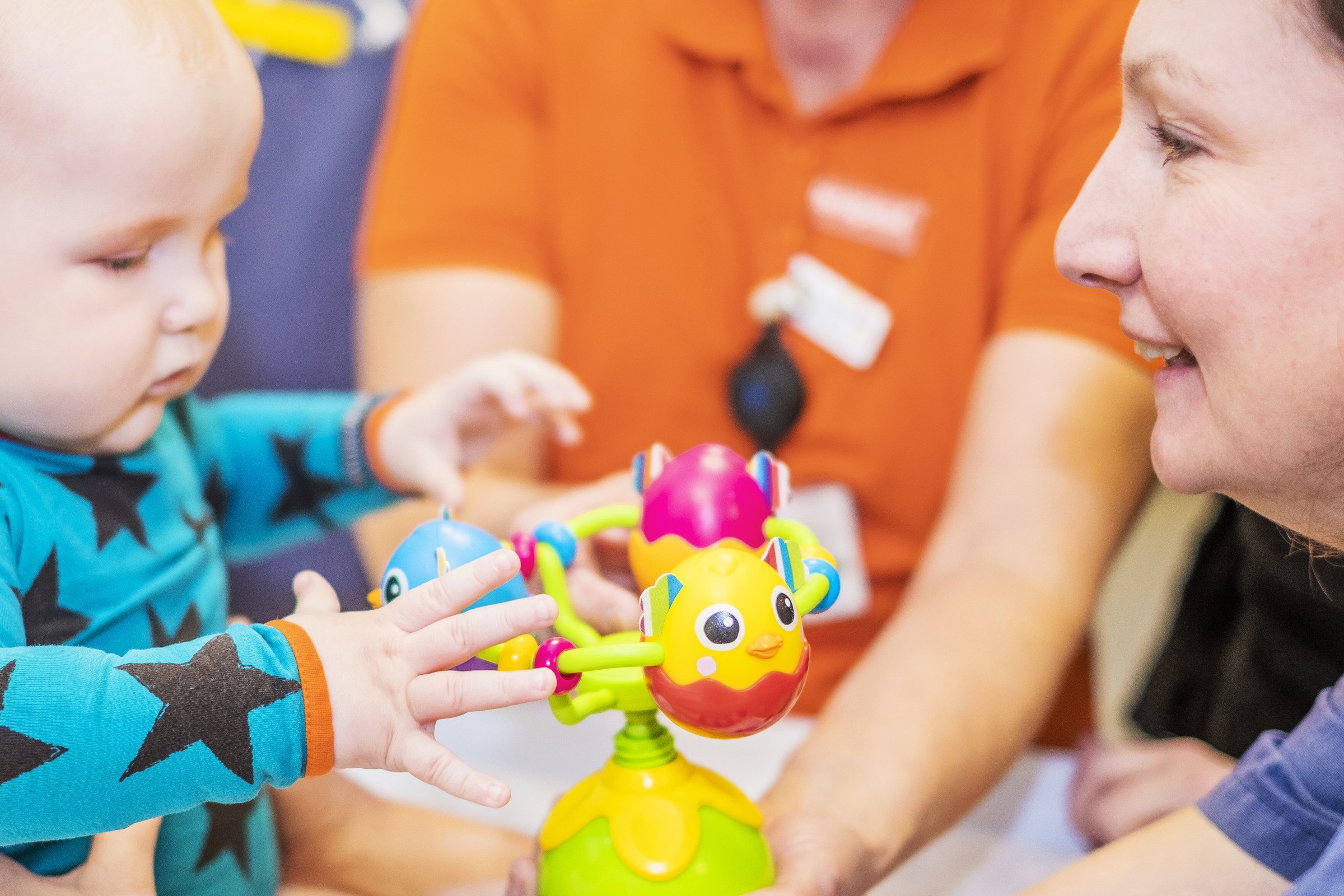Skeletal Dysplasia
Skeletal dysplasia are a group of over 450 congenital disorders that are characterized by abnormalities in skeletal development. These disorders affect the growth and shape of the arms, legs, and trunk, and can lead to growth disturbances and deformities during childhood. Some examples of skeletal dysplasia include achondroplasia, spondyloepiphyseal dysplasia, Stickler syndrome, fibrous dysplasia/McCune Albright syndrome, and hereditary forms of rickets.
Our team
The expert team for skeletal dysplasia at Karolinska University Hospital is available for evaluation and care of those who themselves have or are related to someone with congenital deviations in skeletal development. We conduct diagnosis and follow-up of children, adolescents, and adults.
The expert team has been in existence for more than 20 years at Karolinska University Hospital and has provided outpatient and consultation services for patients within the Stockholm County Council as well as for patients from outside the region. The evaluation and follow-up are based on teamwork between specialists with many years of experience in pediatrics, pediatric and adult endocrinology, clinical genetics, pediatric radiology, pediatric and adult orthopedics, pediatric neurology, pediatric neuro-ophthalmology, neurosurgery, and respiratory physiology. Individual team visits are tailored to the patient's symptoms. On average, patients are seen once a year.
Most children and adolescents with skeletal dysplasia and long-term functional disabilities have an established connection with habilitation services, while others are followed up by their local pediatrician with support from the skeletal dysplasia team.
The team collaborates with other regional centers for rare diagnoses in the country and with skeletal dysplasia experts and laboratories internationally.
In conclusion, skeletal dysplasia are a diverse group of congenital disorders that require a multidisciplinary approach for diagnosis and management. Although there is today no cure for most skeletal dysplasias, early diagnosis and appropriate treatment can significantly improve the quality of life for individuals affected by these conditions.
